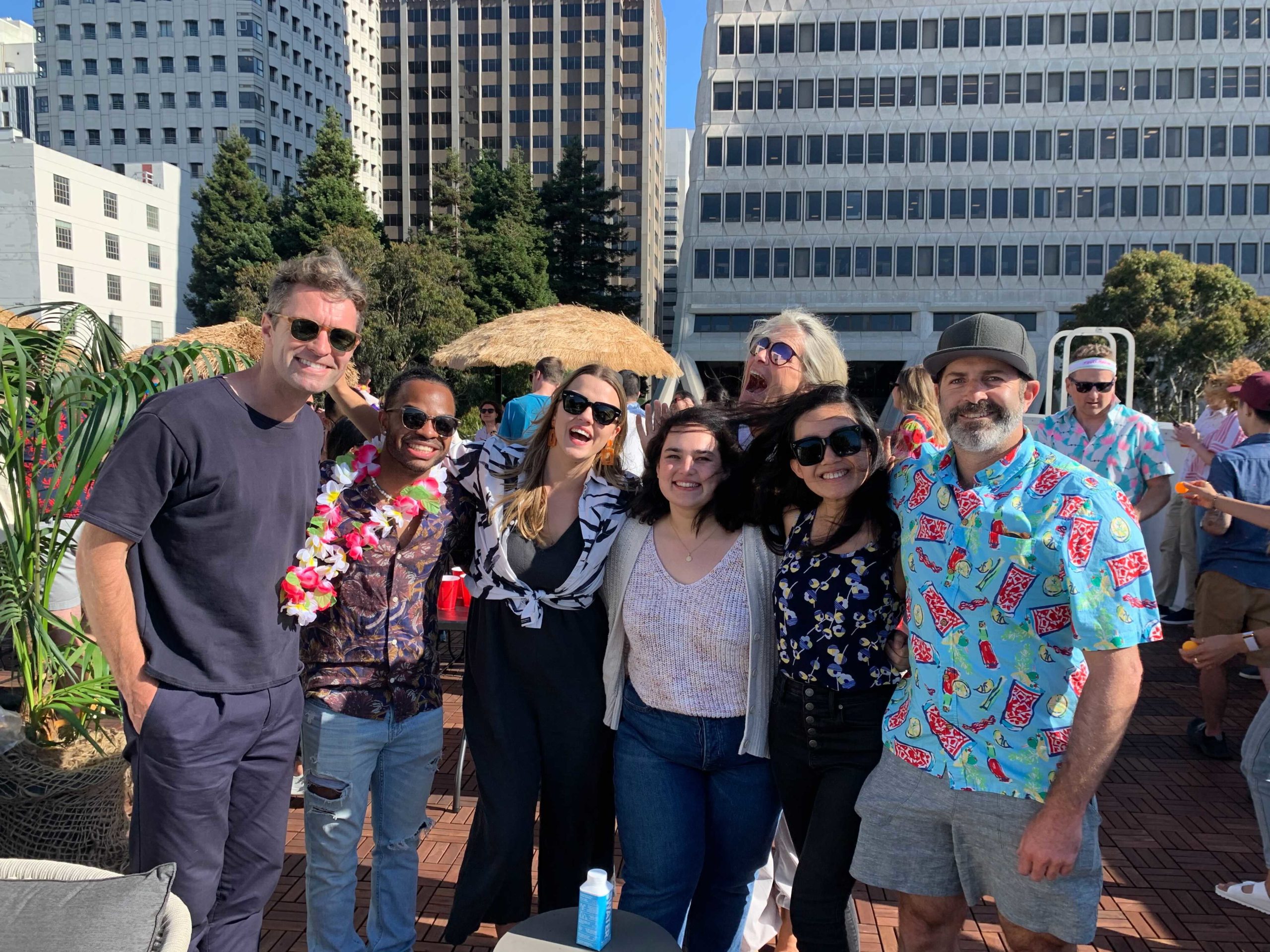The Chicken and the Egg: Exploring the Network Effect in CSR
I find the network effect to be one of the most intriguing and challenging concepts facing widespread CSR adoption and a true change in how companies relate to their communities. Just as inventions like the telephone or sites like Facebook and Twitter require a critical mass for their platforms to work (imagine being the only telephone owner…), it is becoming apparent that effective corporate social responsibility programs may require critical mass as well.
In class, we frequently look at oft-cited CSR leaders for inspiration and examples: Nike; Timberland; Seventh Generation; Method; even, recently, Wal-Mart. These companies are impressive because of the size, scope and consistency of their commitments. CSR to these companies is not just a single donation to or alignment with a well-intentioned but unrelated cause. Instead, it is a strategy that has become integrated into the fabric of their business and uses their core competencies to achieve a specific impact.
What is interesting about that list is how many companies are missing. A notable few have made tremendous accomplishments. However, despite the clear success of these programs as measured both by social and financial reward, these companies remain just that: a notable few. Because CSR is intangible – the impact is generally seen in nebulous yet essential areas like reputation and trust – and hard to track, the vast majority of companies forego targeted investing in focused sustainability programs with unquantifiable results in favor of traditional financial management.
I am not advocating for all companies to surpass or even emulate Nike as a CSR leader. What I am advocating is for all companies to be strategic CSR participants. Just like Facebook, CSR adoption cannot become mainstream unless all companies participate. And yet companies won’t participate unless CSR becomes mainstream.
Fortunately, the firms listed above can almost single-handedly move the CSR movement mainstream, as their demands will force thousands of suppliers to be more responsible in core operational areas. However, their sticks work even better when combined with the carrot of internal buy-in. The challenge facing my generation of leaders is to engage both sides and simultaneously create both the chicken and the egg.
—Rachel


